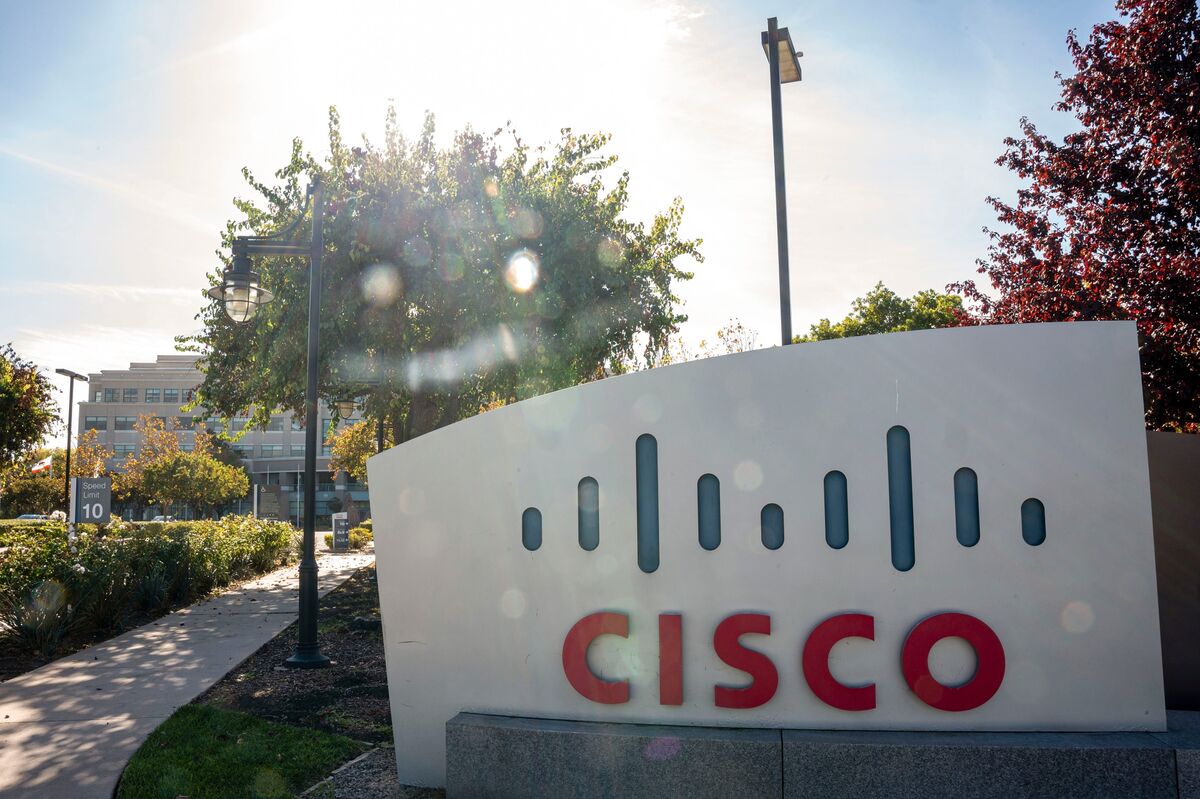Mind the Gaps: Auditing and Reducing Group Inequity in Large-Scale Mobility Prediction
PositiveArtificial Intelligence
Mind the Gaps: Auditing and Reducing Group Inequity in Large-Scale Mobility Prediction
A recent study has shed light on the hidden disparities in mobility prediction models, which are crucial for various applications like retail and public health. By auditing these models using large-scale datasets, researchers discovered significant differences in predictive performance across different racial and ethnic groups. This is important because it highlights the need for more equitable technology that considers diverse user demographics, ultimately leading to better outcomes for all communities.
— via World Pulse Now AI Editorial System


